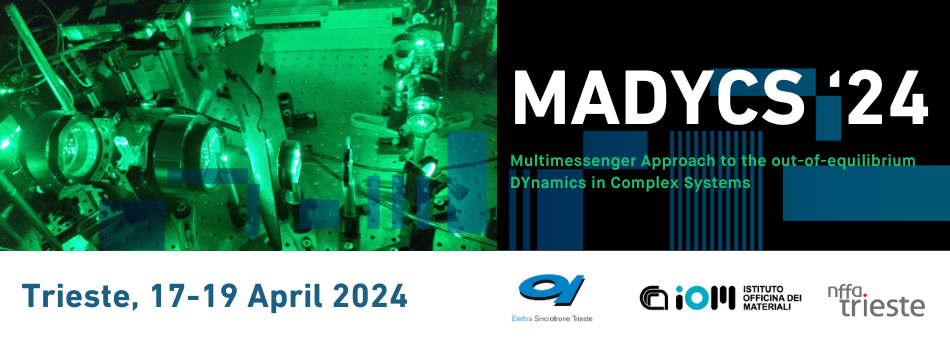Speaker
Description
The interaction of very short and intense laser pulses with noble gases generates high-order harmonics, which creates coherent Extreme UltraViolet (EUV) and Soft-X Ray radiation on a tabletop scale. This allows ultrafast spectroscopy to achieve extreme temporal resolutions, reaching the attosecond level, and site and chemical selectivity. These unique features enable the observation of electronic dynamics in molecules and solids, triggered by ultrafast laser pulses, and the investigation of fundamental aspects of light-matter interaction. A compelling all-optical method to perform these investigations is transient absorption in the XUV. However, the use of ultrafast spectroscopy in this spectral range is still somewhat limited, even now, by the technical difficulty of the needed setups and the poor generation efficiency of the high-order harmonic generation (HHG) sources, especially when going toward higher photon energies. Here I will present the effective XUV generation inside a microfluidic device made by femtosecond laser exposure followed by chemical etching. This microfluidic method allows for controlling and manipulating the harmonic generation conditions in gas at the micrometre scale with remarkable versatility, enabling a high photon-flux and phase matching on broadband harmonics up to 200 eV. This XUV source is coupled with a beamline for transient absorption and reflectivity measurements in molecules and solids recently built at CNR-IFN and equipped with a flexible XUV spectrometer for high-resolution and high dynamic range measurements, with a polarimeter for the characterization of the HHG polarization.
Moreover, HHG spectroscopy is a versatile technique for probing condensed matter, as it can reveal optical band structure and berry phase with light. The polarization state of the harmonic field can help us learn more about the sample's symmetry and the physics of HHG. We used this method to study how semiconductors react to a strong mid-IR linearly polarised driving field at 3.2 μm. Specifically, to demonstrate how HHG can be used as a spectroscopic tool in solids, we used a polarization and time-resolved scheme, to investigate ultrafast processes in condensed media. Because the process is highly nonlinear, this could enable us to study out-of-equilibrium properties of solids with higher sensitivity than typical femtosecond pump-probe techniques.

